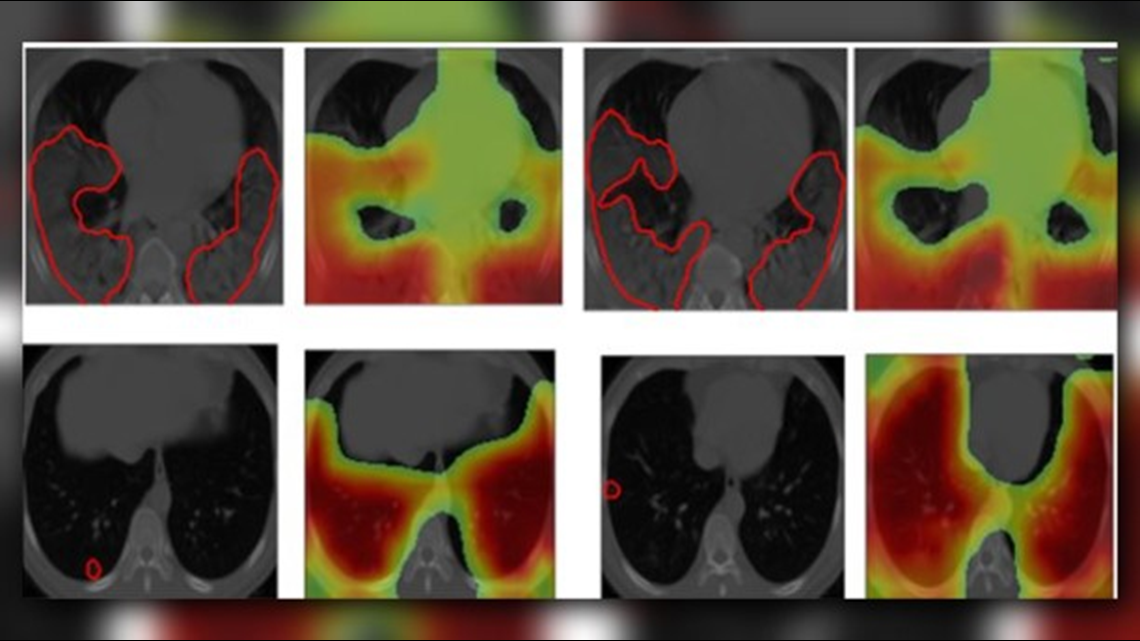CLEVELAND — Case Western Reserve University is giving insight to their new computational tool that they say will help determine which patients will need the most extensive treatment for the coronavirus.
Using computers to digitally analyze CT scans, the artificial intelligence devise can discover minute details that the human eye is not able to find.
“We’re taking lessons we borrowed from our work on lung cancer and other cancers,” said Anant Madabhushi, the F. Alex Nason Professor II of Biomedical Engineering at Case Western Reserve and head of the Center for Computational Imaging and Personalized Diagnostics (CCIPD). “We believe we can use the images to determine which patients are going to get so sick that they’ll need a ventilator and which ones won’t.”
As many hospitals across the country have faced shortages of medical supplies, the scientists at CWRU hope that inventions and AI like they are using will help to avoid having to make incredibly difficult decisions about which patients will receive a ventilator in the case of overflow.
“Our role may be for helping health-care professionals deal with the triage situation in a more informed way,” Madabhushi said, “because these are gut-wrenching decisions about who is going to get the most help against an aggressive disease.”
The CCIPD had started their research and development back in March, but just recently were offered eye opening digital scans of some of the very first COVID-19 patients, out of Wuhan, China.
Essentially, through a series of radiographic images and an algorithm derived from the CCIPD, their invention is able to create parameters that they hope will be able to fully predict which patients receiving care will need the most aggressive forms of treatment.
The model’s current accuracy rating is between 68-75%, which they believe will increase over time with more statistics and information becoming available every day.
Check out the below image: Top row shows a CT scan from a patient with COVID-19 who ended up needing a ventilator while the bottom row shows a COVID-19 patient who recovered from the disease without needing a ventilator. The region in red shows the area of infection on account of COVID-19 on the CT scans. The color maps show the areas on the CT scans that the neural network tended to focus on to identify patterns to distinguish the two patients.



